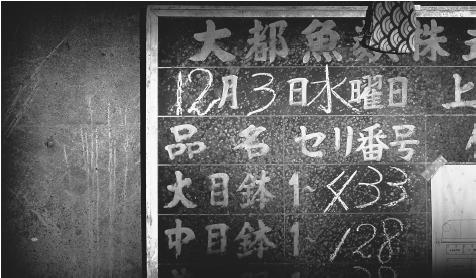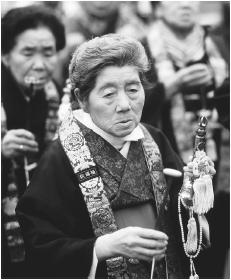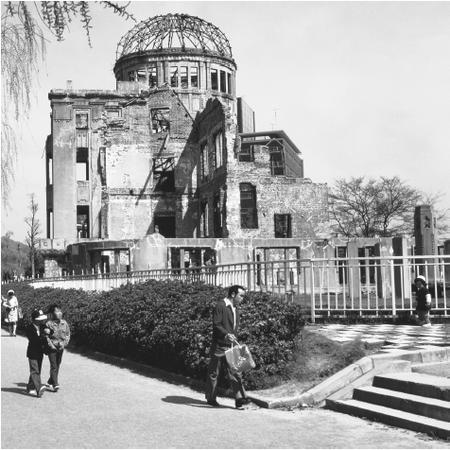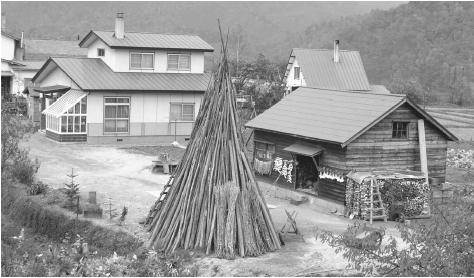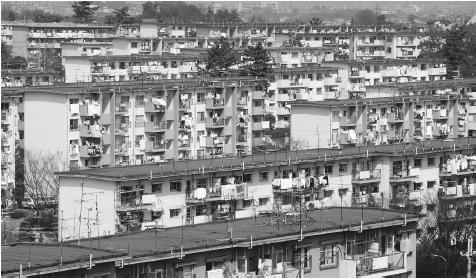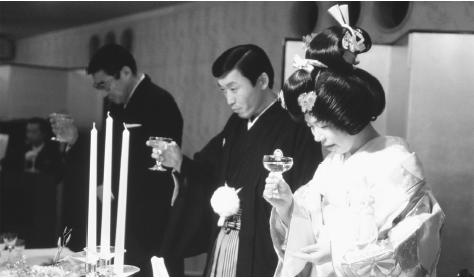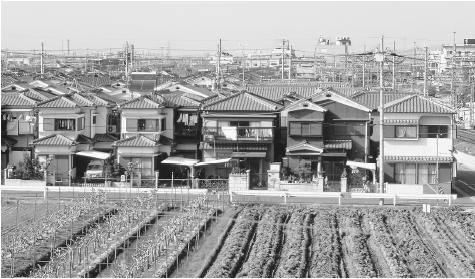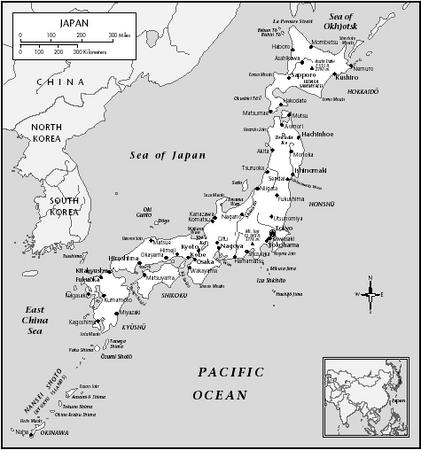Japan
Steeped in centuries of Asian culture and history, Japan, an archipelago of 4 major and over 4,000 smaller islands, is a mostly mountainous country with only 15% of its land cultivable
As a result of the shortage of land, its largest cities ring the coastline. The mammoth metropolis of Tokyo, and the other major cities along the Pacific Ocean are home to most of its people.
The first ever recorded mention of Japan was made in the first century AD. By 710 AD its first permanent capital was founded.
At the turn of the 8th century, the Nara period developed, pushing Japan into a golden age, and inspiring a wave of Buddhist art and architecture.
Unfortunately for the Naras, a smallpox epidemic between the years of 735-737 killed nearly one-third of the country's population, and by 784 the Heian period had taken over.
From the Heian era a distinctly indigenous Japanese culture was produced, one that was known for its art, poetry and prose; including the national anthem of Japan.
As the Heian period came to an end in the mid-1100s, various military clans rose to power, and the feudal Kamakura period was born.
For the next 700 years, Japan was controlled by powerful regional families (daimyo) and territorial warlords (shogun), while the emperor and traditional central government were merely confined to ceremonial affairs.
The Kamakuras found themselves fighting off repeated invasions by the Mongols, whose naval technology and weaponry were far superior. Their lucky break came in the form of a typhoon that completely ravaged the invading Mongol forces, and ultimately saved Japan from being seized.
Despite the Mongol's failed attempt at gaining control of Japan, the Japanese remained fearful of further attacks, and ultimately exhausted the country's finances on an extravagant army in order to keep up a constant state of readiness.
As a consequence, the economy faltered, and so did the Kamakuran era.
After the Kamakura shogunate was overthrown, a period of restoration occurred, known as the Kemmu Restoration, headed by Emperor Go-Daigo.
Through the next several centuries, various periods surfaced and diminished, including the Muromachi, Sengoku, Azuchi-Momoyama, and Edo.
At the turn of the 17th century, Japan entered an age of isolation in which no foreigner could enter the country, nor could any Japanese citizen leave the country under a penalty of death. The Sakoku period of seclusion (which began in 1635) was executed as a means of disposing of the colonial and religious influence brought in by Spain and Portugal, and lasted until 1868.
The Empire of Japan surfaced, following the Sakoku period, and a political, economic and cultural transformation materialized.
During this generation of rapid growth, Japan assumed the form of an imperial power, and colonized Korea and Taiwan. Then, in 1931, in a challenge against the United States and League of Nations, the empire began to occupy Manchuria and small parts of China.
Prior to the start of World War II, the Japanese Army continued to attack many of China's coastal cities. In addition, they ravaged Brunei, Cambodia, Indonesia, Laos, Malaysia, Singapore, and Vietnam. Consequently, the Japanese empire now stretched across much of the Southeast Pacific.
Then, on December 7, 1941, the ambitious Japanese set their sights on the United States, attacking a naval base at Pearl Harbor, and pushing the U.S. into World War II.
After a very bloody war on both sides, atomic bombs fell on Hiroshima and Nagasaki, and Japan's seemingly unavoidable defeat in World War II caused Emperor Hirohito to surrender in 1945.
Japan recovered within two decades; becoming a staunch ally of the U.S.. The country completely revised its postwar constitution, going as far as to limit the power of their emperor, making it, as it is today, a ceremonial position.
Within the blink-of-an-eye, (it seems) Japan became one of the world's major economic forces; its high-quality automobiles and electronics sold around the world.
On March 11, 2011 a massive, magnitude 9.0, earthquake and subsequent tsunami ravaged the northeastern coast of Japan, causing not only a humanitarian crisis but creating a major dent in the country's economy.
Resulting damage to the Fukushima Nuclear Plant caused a meltdown and release of radioactive material. The Fukushima Daiichi disastrous nuclear meltdown is the largest since the Chernobyl disaster of 1986.
Tourism declined significantly in the wake of the meltdown, but over the past few years, travel to Japan has steadily increased.
Visitors to Japan enjoy the fast-paced culture and excitement of Tokyo and Osaka, the rural coastal villages and wilderness areas, the winter wonderland of Sapporo, and most of all the courteous and respectful Japanese people.
